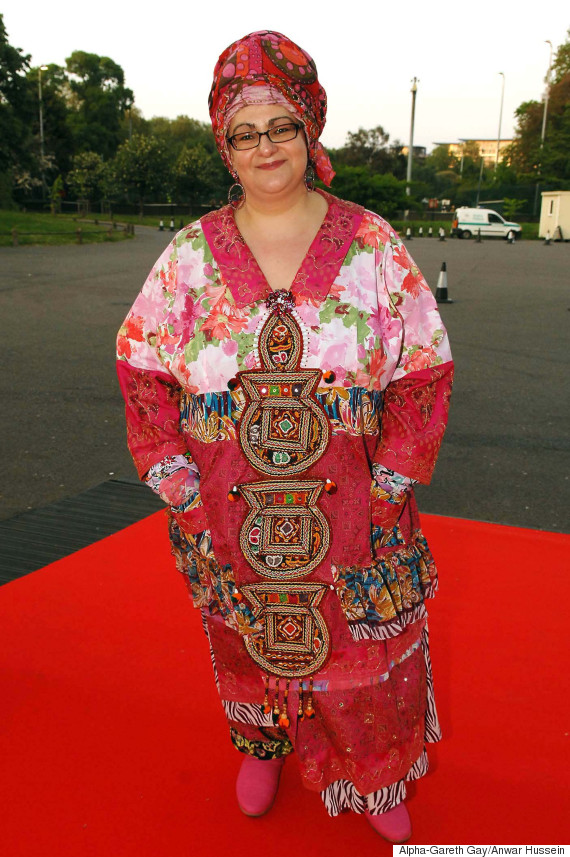When you hear this stuff you are transported. So much energy and such a fine example of east-west musical balance. On hearing these tracks the mind is drawn down images of side streets throbbing with nightclubs and bright fashion, in a setting of affluence and passionate youth. The 70’s was a culture boom of fashion, music and norms in Iran that has not yet been equaled. To top this, many Iranians left Iran never to return in the late 70s, so the era has become iconic.
Fari Bradley talks to Arash Saedinia, a Los Angeles-based music enthusiast and creator of the Fars Funk website, about his passion for vintage Persian popular recordings.

Synthesizing indigenous traditions and Western influences, Iranian artists created a notable body of left-field psychedelic, rock, funk, and folk songs in the sixties and seventies. The show features songs from “Pomegranates”, a compilation of Persian pop gems due later this year from B-Music.
This programme was originally broadcast on Monday 16th June 2008 13.30






 Classical pianist Soheil Nasseri gives an interview before his UK debut at The Royal Festival Hall. We hear pieces from Nasseri, details of unusual adventures in downtown US city schools and about performing the UK premiere of Sonata No.0, by little known Parsi Essex-born composer: Kaikhosru Sorabji, involving complex chords and fingering.
Classical pianist Soheil Nasseri gives an interview before his UK debut at The Royal Festival Hall. We hear pieces from Nasseri, details of unusual adventures in downtown US city schools and about performing the UK premiere of Sonata No.0, by little known Parsi Essex-born composer: Kaikhosru Sorabji, involving complex chords and fingering.




 Otherwise Lilly is a very down to earth person, working with award winning documentary film maker Kika Vliegenthart. Together they film subjects as far removed from each other as Hong Kong city lights and camels chewing quietly
Otherwise Lilly is a very down to earth person, working with award winning documentary film maker Kika Vliegenthart. Together they film subjects as far removed from each other as Hong Kong city lights and camels chewing quietly